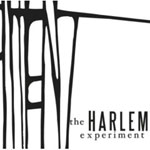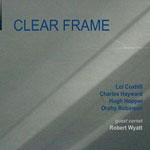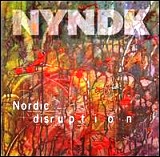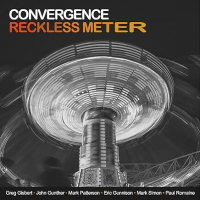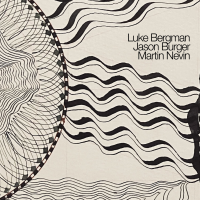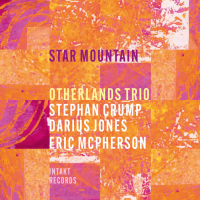Home » Jazz Articles » Album Review » The Harlem Experiment: The Harlem Experiment
The Harlem Experiment: The Harlem Experiment
"In addition to Harlem's rich African-American history in jazz, R&B and funk," continues co-producer Aaron Levinson, "It has deep Latin music roots with mambo and salsa, and this sits alongside a historic period in Jewish music, especially klezmer. It's an ambitious undertaking but I think what makes Harlem Experiment so significant is that all of these cultural narratives are presented under one roof."
This walk through the neighborhoods of Harlem journeys much deeper than its surface streets, sending postcards from historic milestones along the way. Arranged into rhythm and instrumentation full of congas and clarinets (sort of Latin meets Klezmer), Taj Mahal's rubbery vocal turn through Cab Calloway's "Reefer Man" is a flat-out scream. Steven Bernstein's trumpet leisurely surveys the landscape of Eddie Palmieri's scenic "Harlem River Drive," while the rhythm section smoothly glides like public rail underneath. "Drive" segues right into Don Byron's typically amazing, dexterous turn on clarinet in an instrumental version of "Bei Mir Bist Du Schoen," a hit pop song for the Andrews Sisters with very Yiddish-sounding guitar chords.
Based on the Machito Orchestra's arrangement of Benny Goodman's "Stompin' at the Savoy," "Mambo A La Savoy" spotlights Latin jazz guitar by Carlos Alomar, who served as guitarist in the Apollo Theater house band when he was just sixteen (and moved on to subsequent gigs with, among others, David Bowie). "A Rose in Spanish Harlem" is obviously perfect for this theme and comes served in two acoustic guitar flavors, one with an earnest vocal from James Hunter and the other blossoming like a hothouse flower into an instrumental theme.
"Think" might not be as obvious but it's no less thematically perfect: Led by Queen Esther's self-assured vocal, it combines James Brown's message of self-empowerment through intellectual self-improvement with the chorus from "It Takes Two" by Harlem native Rob Base with DJ E-Z Rock; Base's original sampled the original version of "Think" by Lyn Collins, one of Brown's more renown backup singers, bringing the tune full circle to Harlem, back home.
Track Listing
Intro; One for Jackie; Rigor Mortis; Reefer Man; Harlem River Drive; Bei Mir Bist Du Schoen; muM's Interlude; It's Just Begun; Mambo a la Savoy; A Rose in Spanish Harlem; One for Malcolm; Lil' Bit; Think; A Rose in Spanish Harlem; Walking Through Harlem.
Personnel
Carlos Alomar: guitars; Ruben Rodriguez: bass; Steve Berrios: drums, percussion; Eddie Martinez: Hammond organ, electric piano; Don Byron: clarinet, tenor saxophone; Steven Bernstein: trumpet; Queen Esther: vocals; Taj Mahal: vocals; James Hunter: vocals, guitar; Olu Dara: guitar, vocals; DJ Arkive: cuts and bruises; muMs: DJ.
Album information
Title: The Harlem Experiment | Year Released: 2008 | Record Label: Ropeadope
Tags
PREVIOUS / NEXT
Support All About Jazz
 All About Jazz has been a pillar of jazz since 1995, championing it as an art form and, more importantly, supporting the musicians who make it. Our enduring commitment has made "AAJ" one of the most culturally important websites of its kind, read by hundreds of thousands of fans, musicians and industry figures every month.
All About Jazz has been a pillar of jazz since 1995, championing it as an art form and, more importantly, supporting the musicians who make it. Our enduring commitment has made "AAJ" one of the most culturally important websites of its kind, read by hundreds of thousands of fans, musicians and industry figures every month.


